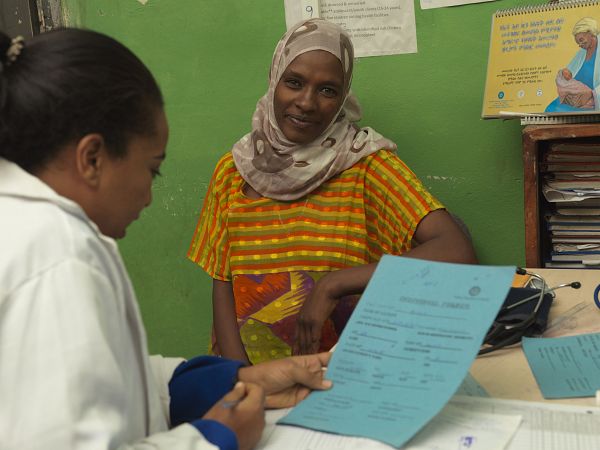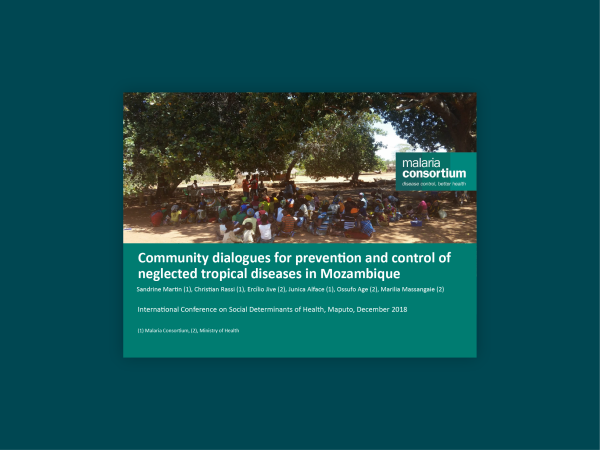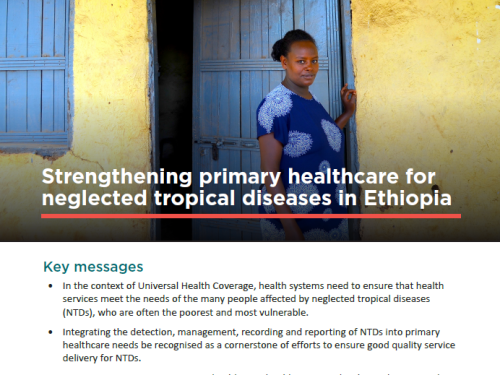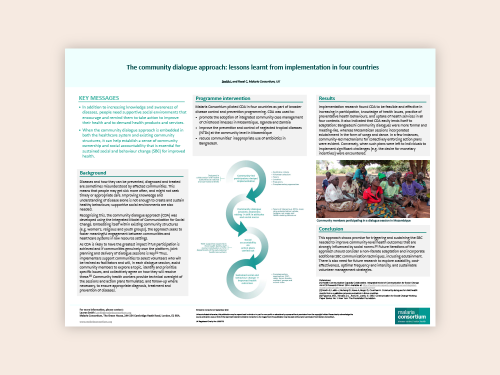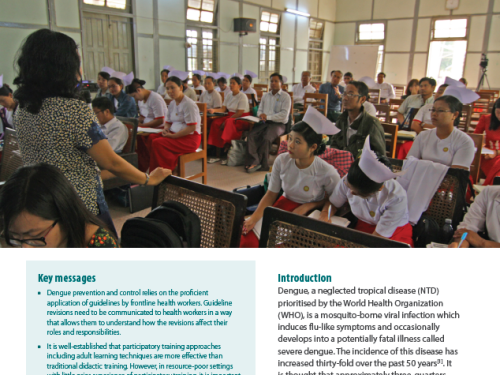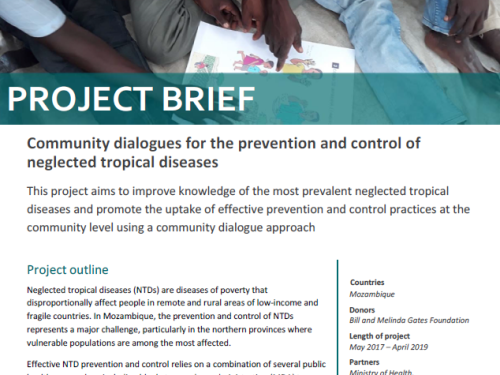Supporting effective rollout of dengue prevention and control guidelines in Myanmar
April 2017 - December 2017
Dengue is a viral infection spread by mosquitoes. It causes flu-like illness that can develop into more serious forms that are often fatal. The disease is typically found in tropical and sub-tropical climates and affects an estimated 50-100 million people every year – a number that has been growing in recent decades. In 2015, Myanmar saw the highest number of dengue cases, with 120 confirmed deaths between January and September, and many more estimated to go undetected or unreported. Prevention and control of the disease relies on effectively fighting Aedes aegypti – the species of mosquito responsible – and ensuring proper medical care to manage the symptoms of the disease.
With funding from the UK government, Malaria Consortium is working with Myanmar’s Ministry of Health to revise the country’s national dengue prevention and control guidelines in order to better adapt them to the most recent World Health Organization recommendations – bringing them in line with the latest evidence and making them more applicable in programmatic settings. To ensure the effectiveness of the new guidelines, health workers need to be trained in implementing them – often in poorly resourced health facilities at lower levels of the health system.
This COMDIS-HSD study will compare two approaches to rolling out the revised guidelines. The first is a ‘traditional’ approach, consisting of basic didactic training in the form of lectures and presentations. The second, more comprehensive approach, uses adult learning techniques and interactive exercises such as a dengue outbreak simulation. The study will be conducted in four townships in two states of Myanmar. Within each state, health workers in one township will receive basic training, while in the other they will receive the comprehensive training. Afterwards, the impact of the two approaches will be measured in relation to health worker knowledge and skills, health facility dengue outbreak preparedness and dengue data recording practices.
The result should inform improved dengue prevention and control in regards to ensuring consistent, timely and complete reporting of dengue cases and increasing preparedness at the lower levels of the health system. It will also contribute to the effective rollout of other guidelines to health workers in low resource settings. Results will be published over the coming months.
Resources
Project brief: Supporting effective roll-out of dengue prevention and control guidelines in Myanmar
back